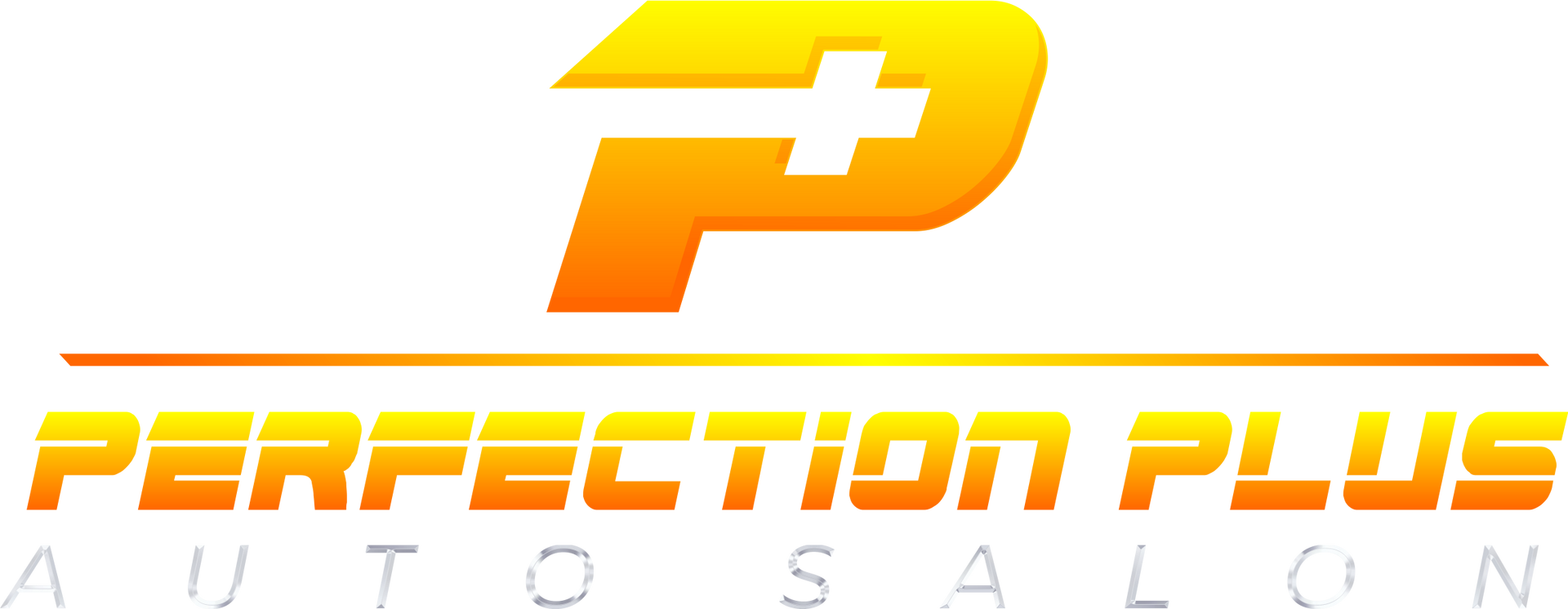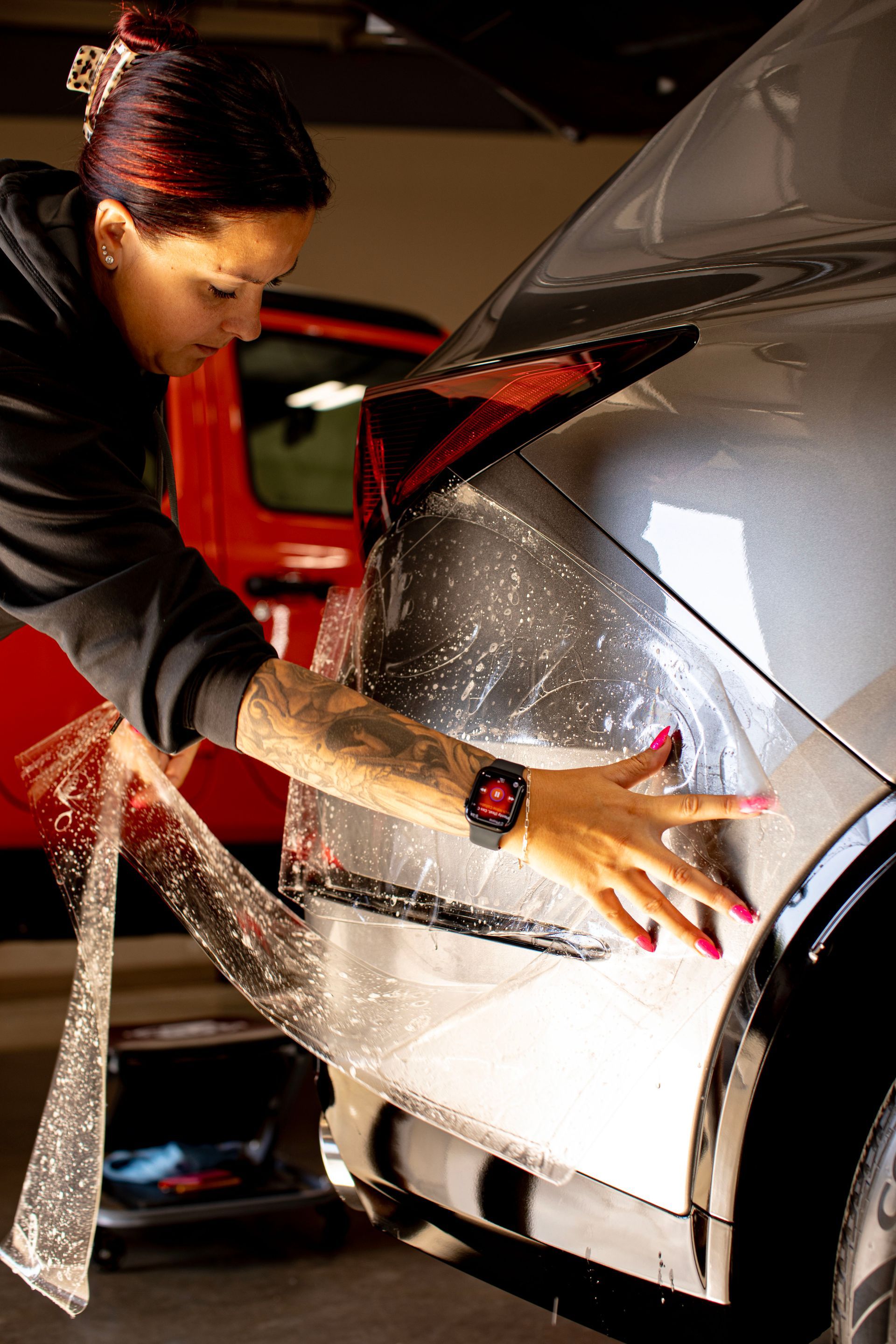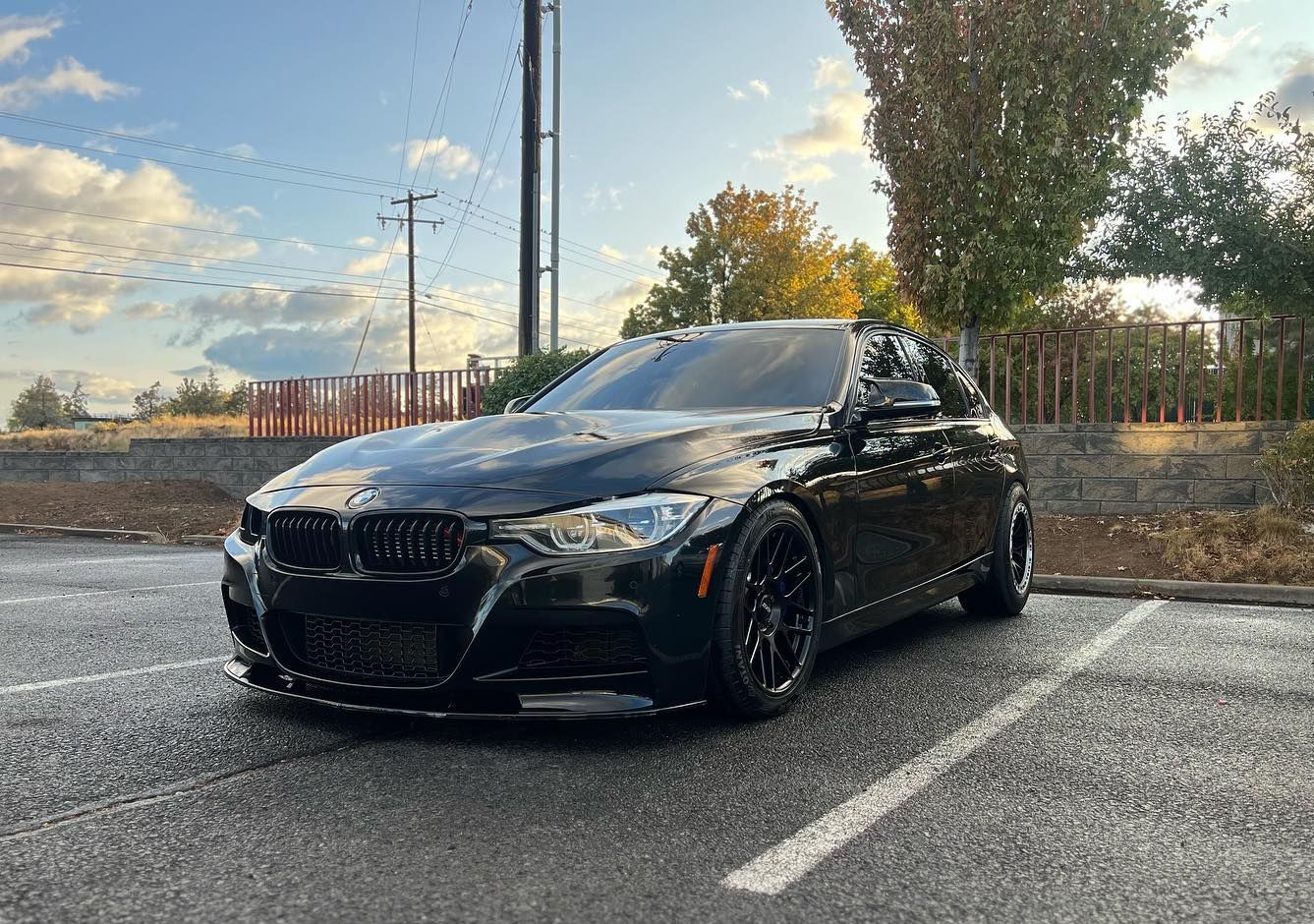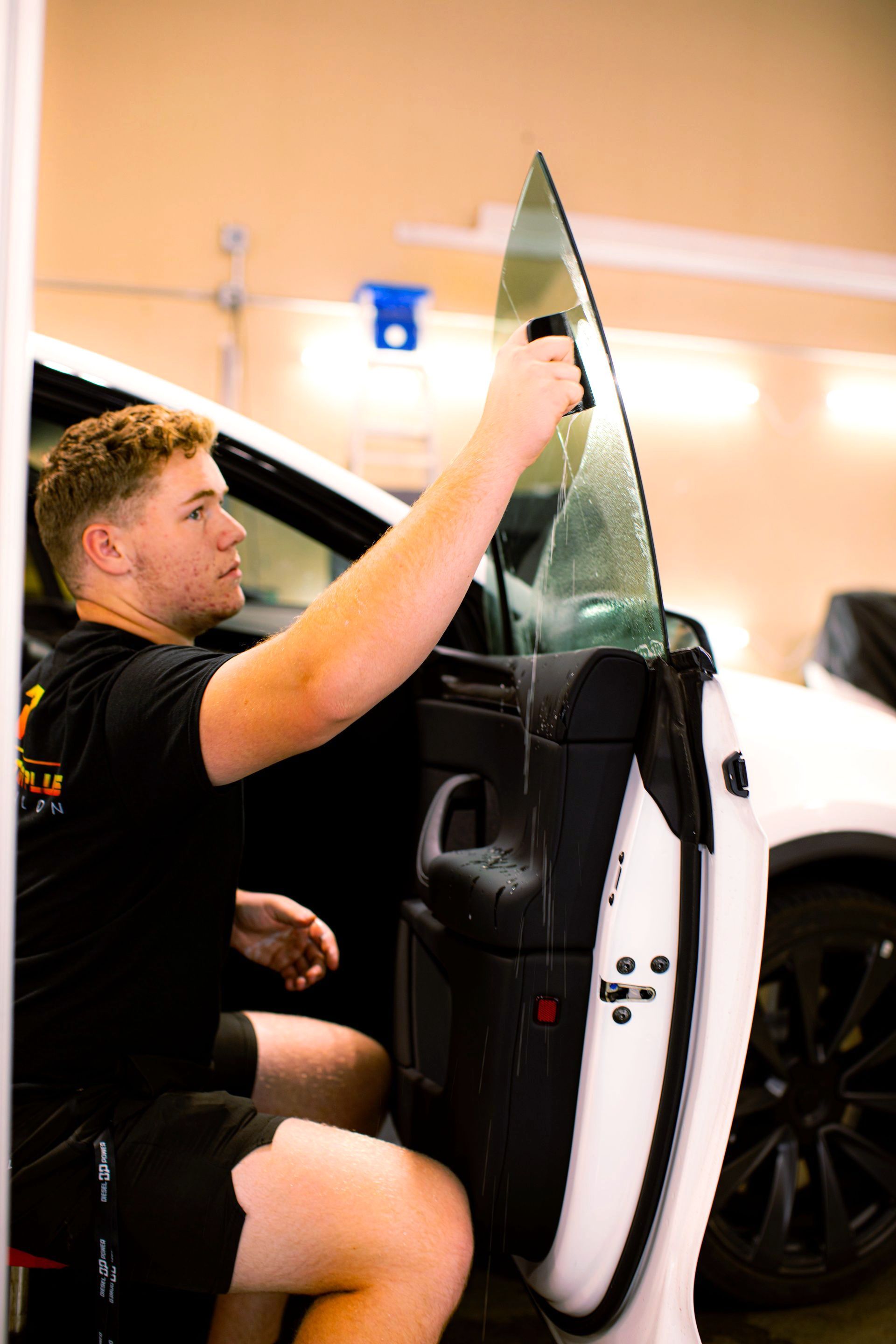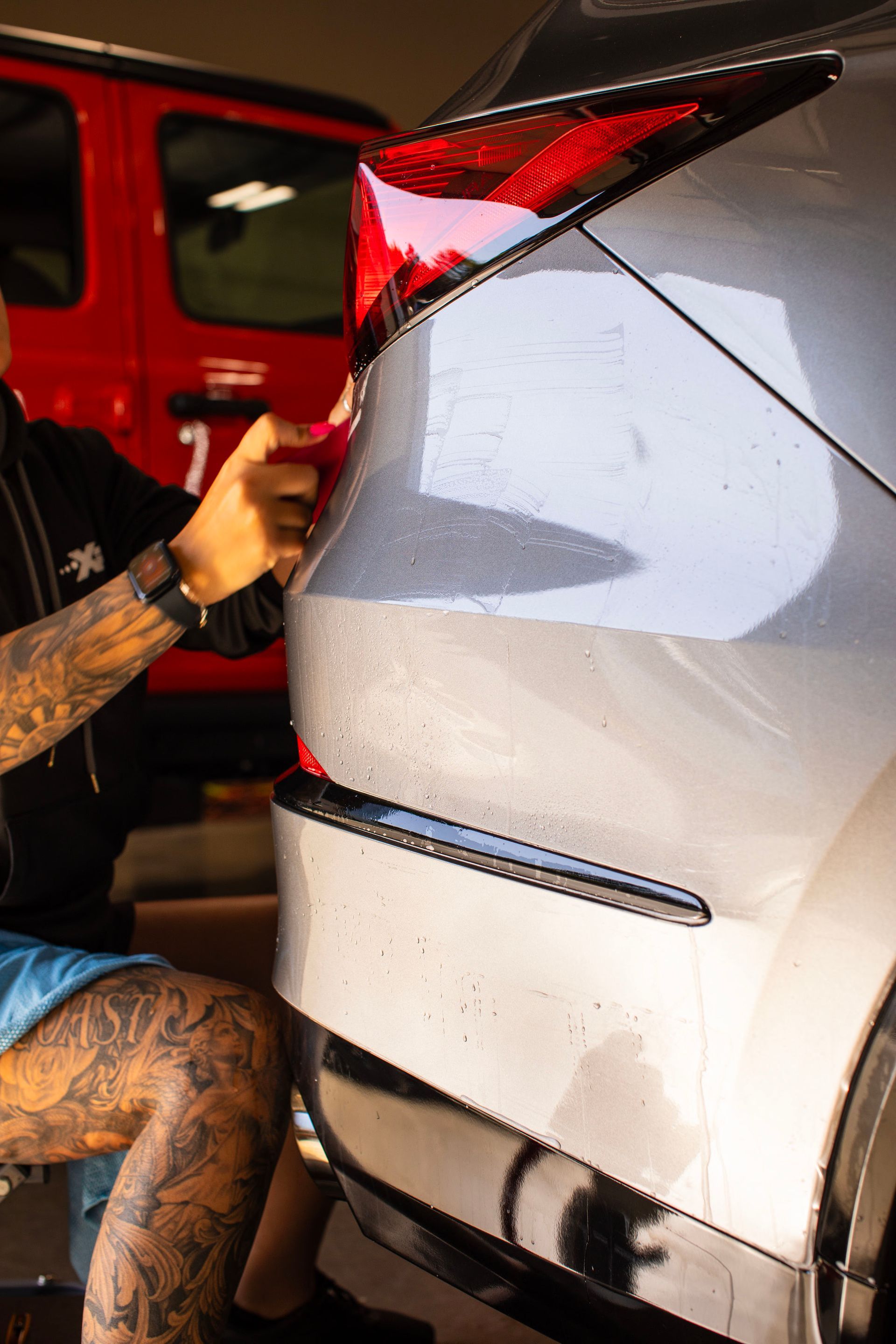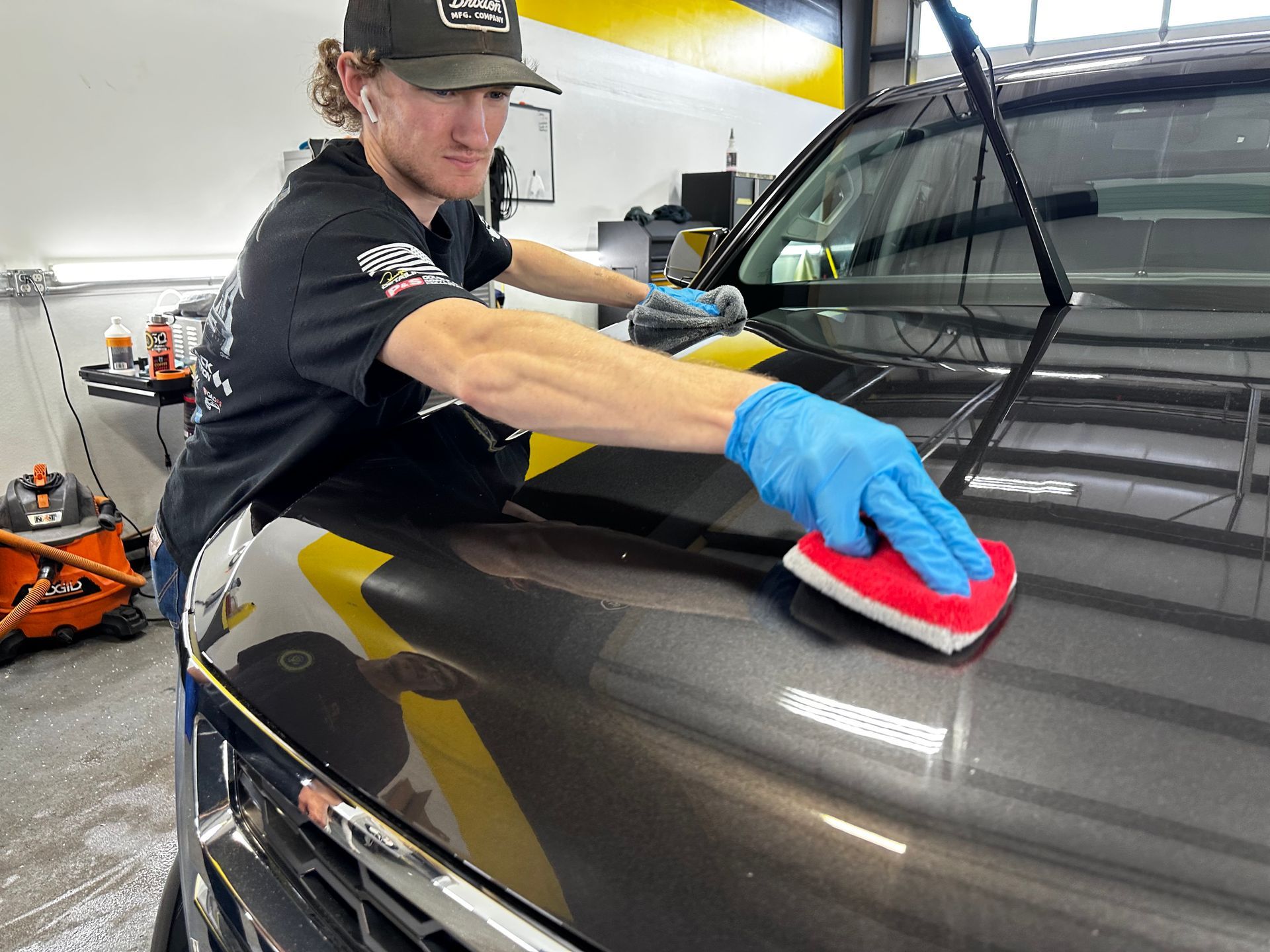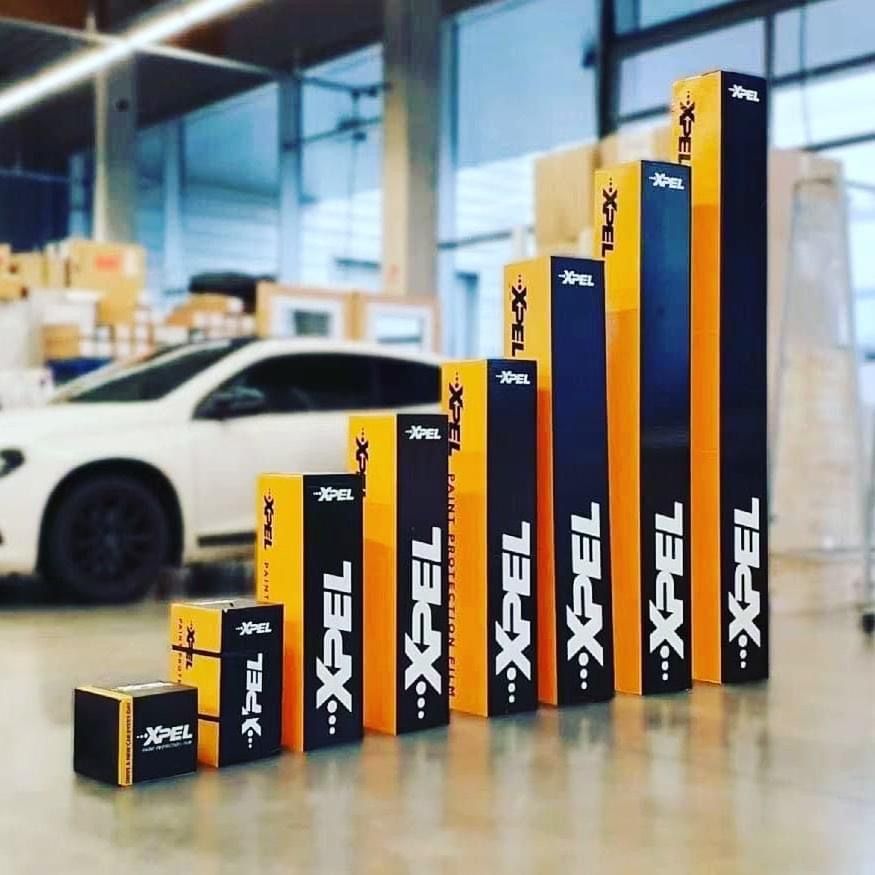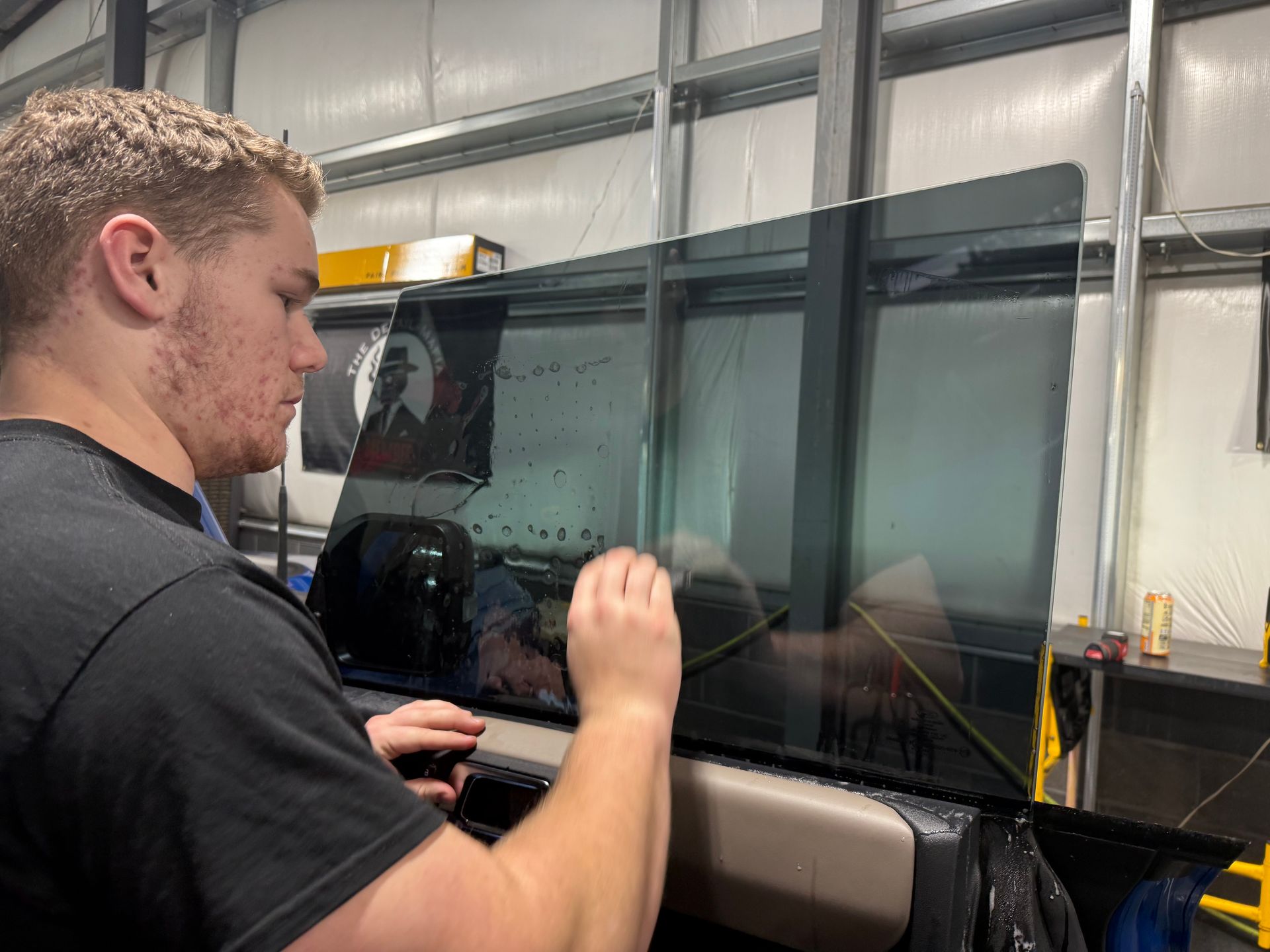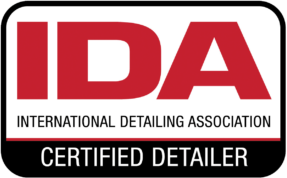Which Type of PPF is Best? Compare Paint Protection Film for Your Car
GET A FREE ESTIMATEEvery car owner knows that keeping the vehicle's paint in perfect condition isn't just about aesthetics; it's about protecting an investment. Whether you enjoy weekend drives through winding roads or simply appreciate a spotless exterior, discovering ways to shield your car’s paint becomes essential. Paint protection film is an advanced solution designed to fend off scratches, chips, and environmental damage.
The best type of paint protection film for your car depends on several factors, including your budget, desired clarity, and protection level. Reputable brands are excellent for durability and self-healing properties. Most high-quality paint protection film also offers hydrophobic features that facilitate easy cleaning. It’s essential to evaluate these options alongside residential needs and driving conditions to make an informed decision.
Exploring Paint Protection Film Options
Choosing the right type of paint protection film is crucial to ensuring that your vehicle gets the best protection possible. Each type has its own unique characteristics and serves specific purposes, so understanding these differences can guide you in making an informed decision.
Types of Paint Protection Films
- Thermoplastic Polyurethane (TPU) Films: These films are renowned for their remarkable flexibility and self-healing abilities. Minor scratches can disappear on their own after exposure to heat, which is a significant advantage in fluctuating climates. These films are also trusted not just for their protective capabilities but also for their clarity, ensuring your vehicle's appearance remains pristine.
- Polyvinyl Chloride (PVC) Films: While more rigid compared to TPU films, PVC options excel in providing robust protection against severe impacts. This might appeal to those navigating rugged roads or facing a higher risk of dents and chips. However, they can yellow over time due to UV exposure, potentially detracting from your car's aesthetic appeal.
- Aliphatic Polyurethane (PU) Films: Striking a balance between flexibility and rigidity, PU films are often found in mid-range products. They offer decent durability while maintaining some self-healing properties at a lower price point than premium TPU variants, making them a viable option for quality care without breaking the bank.
Understanding these types helps illuminate what aspects of protection you value most, guiding you toward the right film based on how and where you'll use your vehicle.
Application Methods
The way a paint protection film is applied can significantly affect its performance and longevity. There are two primary application methods: pre-cut kits and bulk rolls. Pre-cut kits are customized pieces specifically designed to fit certain areas of your vehicle's exterior. They eliminate much of the guesswork associated with installation since you work with shapes tailored for your car. This method is ideal for those preferring a straightforward installation process, whether done by professionals or DIY enthusiasts.
On the other hand, bulk rolls allow for more extensive coverage but require skill and precision to install correctly. Professional installers often prefer this method because it provides more versatility in covering larger sections of the vehicle or custom shapes, ensuring that every nook and cranny is safeguarded from potential damage.
Deciding between these methods depends on your specific needs—whether you prioritize ease, precision, or breadth of coverage—and should guide you toward an effective protective solution.
Clear vs. Colored Paint Protecton Film
The choice between clear and colored paint protection film can feel overwhelming, but it mostly boils down to two main factors: functionality and aesthetic appeal. Starting with clear PPF, its primary advantage lies in transparency. This allows you to maintain the original look of your vehicle while protecting it from scratches, chips, and environmental wear. This type of paint protection film virtually disappears once applied, preserving your vehicle's finish while acting as a barrier against damage—ideal for car enthusiasts who want their ride to retain its factory brilliance.
As we shift our focus to colored PPF, it’s essential to understand that this option doesn’t sacrifice protection for style. This option offers vibrant hues and unique finishes. Colored paint protection film not only guards against scratches and abrasion but also transforms the visual character of the vehicle. Imagine driving a sleek black car wrapped in a stunning matte red or a metallic blue; it adds a layer of customization that can set your vehicle apart at car shows or on the street. When considering colored paint protection film, think about how it will harmonize with other elements of your car, such as the wheels or interior accents. The right color can elevate your vehicle's overall appearance significantly.
Whether you choose clear or colored PPF should depend on what you value more: maintaining the original look of your car or injecting a bit of personal flair. For those leaning towards protection without altering their vehicle's aesthetic, clear PPF may be the best choice. However, if you envision something more expressive and customized, then colored PPF would be ideal. Always remember to weigh factors such as long-term maintenance and possible alterations in resale value.
Benefits of Self-Healing Paint Protection Film
Self-healing paint protection film technology has revolutionized the way we protect our vehicles. This innovation offers a significant advantage over traditional films by utilizing advanced polymers that react to heat. The beauty of these self-healing films lies in their ability to make minor scratches and swirl marks disappear when exposed to warmth—either from sunlight or a heat gun. This occurs thanks to the unique molecular structure of the film, which allows it to flow and reform, effectively sealing any blemishes. Self-healing paint protection film can maintain up to 90% of its original clarity and gloss after healing. This contrasts sharply with conventional films that can show permanent damage, making self-healing options an attractive long-term investment for vehicle owners wanting to keep their cars in pristine condition.
Longevity and Cost-Effectiveness
Investing in self-healing paint protection film not only safeguards your vehicle’s appearance but also extends its life. A well-maintained finish means less frequent repainting or touch-ups, ultimately saving car owners potentially hundreds of dollars in maintenance costs over time. It's worthwhile to remember that replacing paint can be costly; a professional respray job may range from $500 to $5,000, depending on the severity of the wear. With self-healing PPF in place, you significantly reduce wear and tear while keeping your vehicle looking like new. The ease of maintenance associated with self-healing films also enhances their appeal. Regular washing will be less stressful since you won't have to worry as much about damage during care routines. This seamless integration into vehicle maintenance practices makes self-healing paint protection film a desirable choice for many auto enthusiasts.
Key Factors in Choosing a Paint Protection Film
- Durability: The durability of a paint protection film is paramount because it directly influences how long your investment will last. High-quality films can withstand various environmental factors and physical wear. For example, top-tier paint protection films boast durability ratings around 7 to 10 years without succumbing to yellowing or degradation. When you choose a durable film, you're not just spending money; you’re ensuring that your vehicle's aesthetic remains intact for years to come.
- Quality: The quality of paint protection film can vastly differ among various brands, impacting both installation ease and performance. Leading brands are often praised for their superior quality and user-friendly application process. High-quality films tend to have better clarity and resistance against damaging elements, making them favorites among professional installers who rely on optimal results. Investing in a reputable brand means choosing peace of mind; it’s akin to opting for a trusted company for crucial home repairs rather than a lesser-known service that might cut corners.
- Cost:
Pricing can fluctuate significantly across different brands and types of paint protection film. While it may be tempting to opt for more cost-effective options, these might not always deliver the same long-lasting results as their pricier counterparts. Generally speaking, investing in higher-quality films could save you from more expensive touch-ups or replacements down the line, essentially translating to better long-term value despite higher upfront costs.
Choosing the Best PPF for Your Vehicle
Selecting the right paint protection film isn't just about slapping on a layer of vinyl and walking away; it requires thoughtful consideration of various factors. Each driver has unique needs based on driving habits and environmental challenges. For instance, if you frequently navigate gravel roads or live in an area with harsh weather conditions, you might lean towards films with superior durability and self-healing capabilities. Conversely, if your vehicle is a weekend showpiece parked under cover most of the time, a standard film may suffice.
Next, you'll want to think about your budget, as paint protection films can range from moderately priced to premium options with special features. Setting a budget before diving into purchases is crucial. Finding that sweet spot where quality meets affordability ensures you make a wise investment without feeling financially strained. Remember, opting for the cheapest option often leads to spending more in the long run due to premature wear and potential damage. Consider average market prices for reputable brands as a guide.
With a budget in mind, researching brands effectively rounds out your preparation process. Look into various brands and their reviews comprehensively. User testimonials can provide insights into real-world performance, while professional opinions highlight critical aspects you might miss. Most importantly, focus on brand reputation—those who have established themselves frequently offer better customer service and warranty provisions. Reading forums or community recommendations serves as an excellent way to gauge practical experiences
Finally, don’t underestimate the value of consulting a professional installer. Take the time to engage with a certified installer who understands your vehicle's specifics and the implications of different films. Their expertise ensures not only that you select the appropriate type of paint protection film but also that it is applied correctly for maximum efficiency. This step minimizes costly mistakes that could hinder your car's appearance or protection level over time.
Following this structured approach equips you with the necessary knowledge to protect your investment while keeping your vehicle looking its best for years to come. Ultimately, making informed decisions regarding PPF will help ensure both aesthetic appeal and longevity for your vehicle's finish.
Top-Notch Paint Protection Film Services in Redmond, OR
Protect your vehicle’s paint from the harsh elements and road debris with Perfection Plus Auto Salon’s top-notch
paint protection film services in Redmond, OR. Our expertly installed PPF offers unmatched durability and protection while preserving your car’s sleek finish. With precision application techniques and high-quality materials, you can trust our team to keep your vehicle looking flawless for years to come. Don’t wait—safeguard your investment today with Perfection Plus Auto Salon’s premier paint protection film solutions! Call us at (541) 598-6193 to get started!
